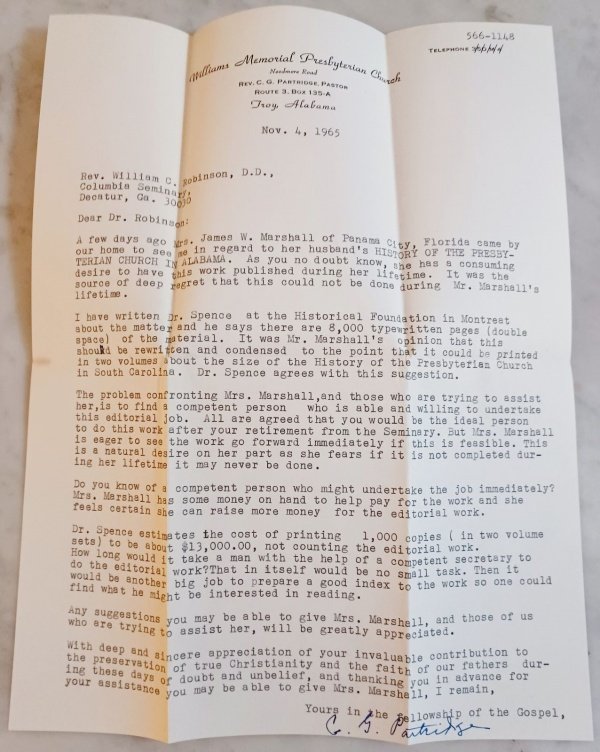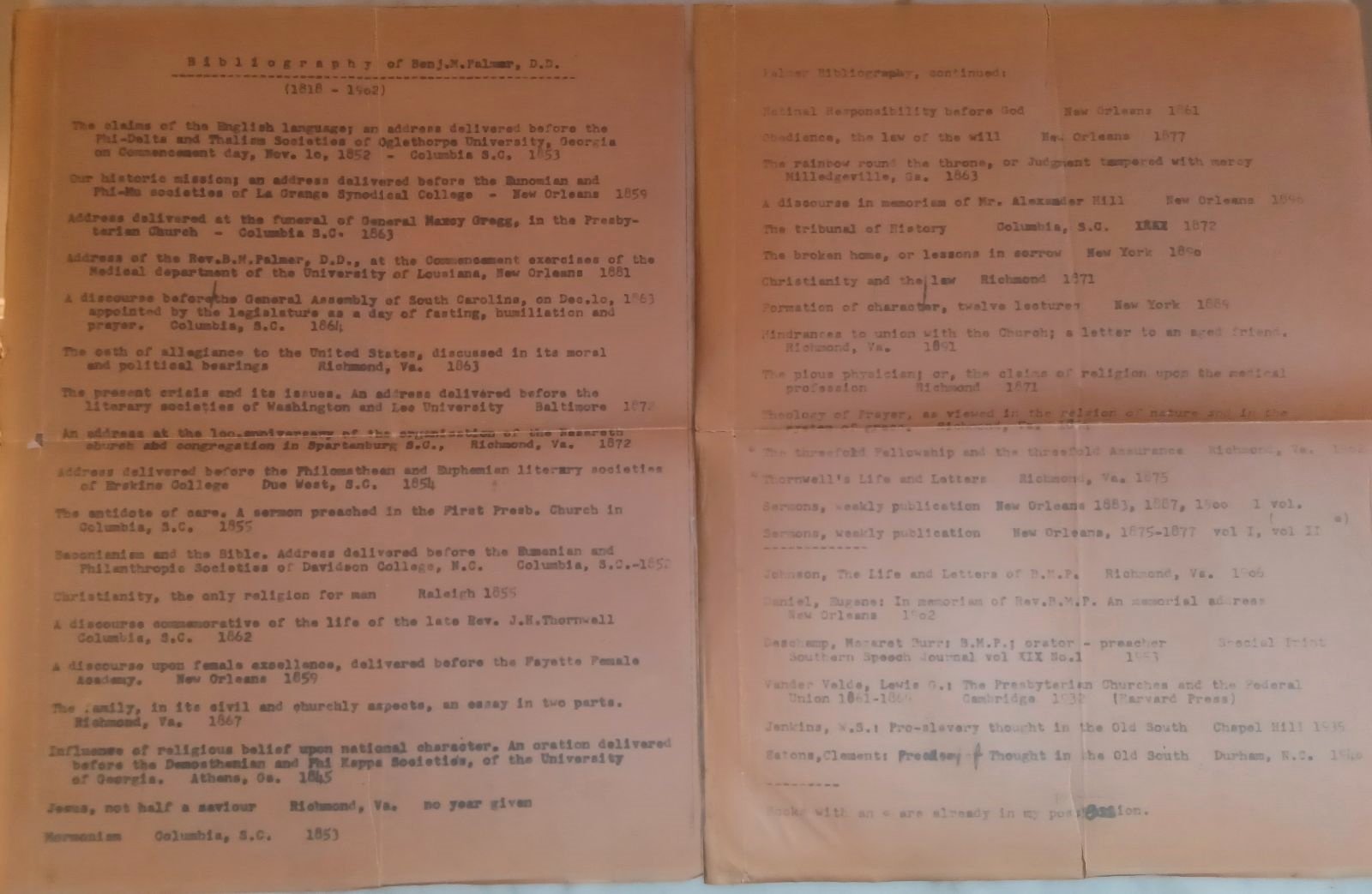Receive our blog posts in your email by filling out the form at the bottom of this page.
It is a solemn thing to live! A solemn thing to live with the thought before us that we must one day face our record, — one day answer at the bar of God. It is with this thought that we ought to enter upon the New Year, and should resolve to live every moment of it so as to meet the approbation of God, to win from him the plaudit. Well done, good and faithful servant. If we carry this thought with us, and allow ourselves to be influenced by it, at the same time depending upon Divine help, we need have no fear as to the result. It will be a record that will be creditable to us. An earnest purpose to do right, steadily adhered to, is half the battle. Failure can come only from our neglect to avail ourselves of the help that is offered to us. — Francis J. Grimké, The Works of Francis J. Grimke, Vol. 3 (1942), pp. 385-386
Therefore conclude, every one for himself, 'It is of little importance to me whether I die this year, or not; but the only important point is, that I may make a good use of my future time, whether it be longer or shorter.' This, my brethren, is the only way to secure a happy new year: a year of time, that will lead the way to a happy eternity. — Samuel Davies, A Sermon on the New Year (January 1, 1761)
As 2023 draws to a close, and we prepare to embark on a New Year, we at Log College Press wish to pause and reflect on blessings received in the year past. Log College Press was acquired this year by Greenville Presbyterian Theological Seminary. It is a great privilege to be a part of the seminary’s vision for the ministry. In September, we announced a milestone — there are now over 20,000 works available to read for free on Log College Press. The resources which have made available for the edification of the church body are in good hands, and we hope to continue to grow and expand them, in both print and digital form, in the year(s) ahead.
A few things to note for our readers:
An article by David T. Crum on The Christian Courage and Bravery of Stonewall Jackson was added to the Log College Review (accessible through membership in the Dead Presbyterians Society) earlier this month;
A more thorough review in recent weeks of periodicals, such as The Central Presbyterian, The Southern Presbyterian Journal, The Independent, The New York Evangelist, The Bible Student and Teacher, The North American Review, and others, has led to articles, letters and poetry added to the Early Access and Recent Additions pages by authors such as T.D. Witherspoon, Robert L. Dabney, Henry C. Alexander, Benjamin M. Smith, Margaret J. Preston, William C. Robinson, Oswald T. Allis, and many more, and this review continues;
Many interesting volumes have been added to the Compilations page, including an extraordinary wealth of 19th century Presbyterian Psalters and Hymnals; and
Many quotes by some of our favorite authors have been added to the DPS Quote Blog.
There is much to browse, and download, and we are always working to refine and improve, as well as add to, what we already have. Thank you, as always, for your interest and support. Stay tuned for more good things to come. From our homes to yours, we wish each of you a very Happy and Blessed New Year!








